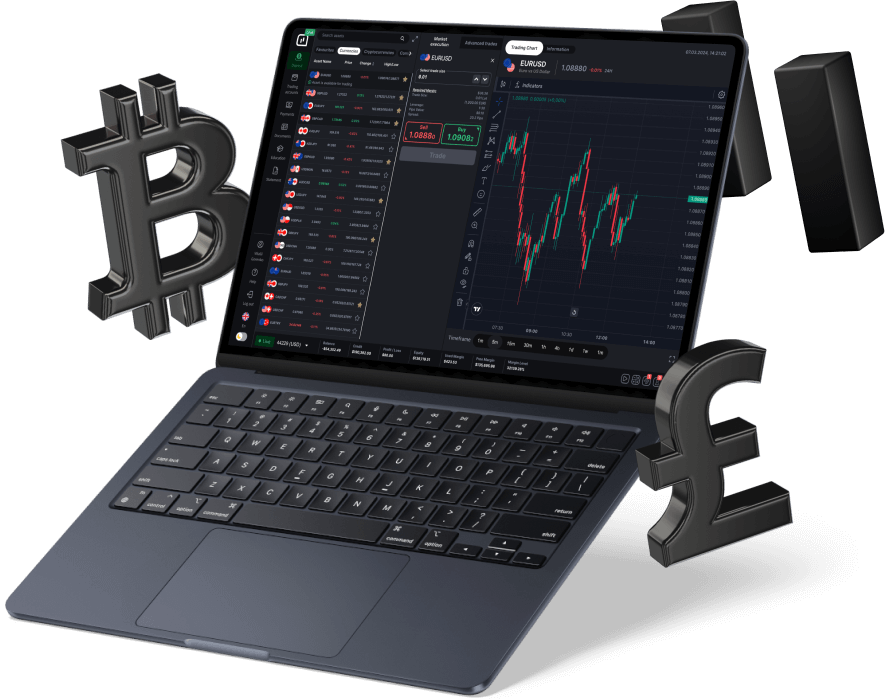A CFD trading platform is the tool that connects you to the market. It’s where you place trades, monitor price movements, and manage your account. For anyone starting out, understanding what to expect from a trading platform is an important first step. These platforms are designed to make the process smoother and give traders the tools they need to act quickly and confidently.
In online CFD trading, the platform is your main workspace. It shows live prices for various assets such as forex, indices, commodities, and individual shares. From one screen, you can decide whether to buy or sell, depending on how you think the price will move. The layout is usually simple enough for beginners, but it also includes advanced features for more experienced users.
When you log into a trading platform, the first thing you’ll see is the market overview. This area displays current prices and daily movements. You can click on an asset to open a trading window. This is where you enter your trade size, choose whether to buy or sell, and set risk controls like stop-loss and take-profit levels. These tools help limit losses and secure gains without needing to monitor the screen constantly. They also make it easier to stay disciplined and follow your trading plan, even during fast market changes.
Most online CFD trading platforms offer different types of charts. Line charts, bar charts, and candlestick charts are the most common. These help traders see how prices have moved in the past and identify trends or patterns. You can also apply indicators—like moving averages or RSI—to get extra insights. While not required for beginners, learning to use these tools can improve decision-making over time.
Another key feature is the demo account. This lets you practise trading with virtual money. The demo works exactly like the live platform, but there’s no financial risk. It’s a safe way to explore the system, learn how to place trades, and test different strategies. Many traders start here before moving on to a real account, using the time to become more comfortable with the tools available.
Order execution is also something to consider. A good platform should carry out your trade quickly and at the price you expect. Delays or slippage—where your order is filled at a different price—can affect your results. Most modern platforms use fast technology to reduce this risk, especially during normal market hours. Consistent and reliable execution helps traders stick to their strategy without second-guessing every trade.
You’ll also find sections for account management. This is where you can check your open positions, view past trades, and manage your balance. Some platforms even provide educational materials, news updates, and economic calendars to help you stay informed about events that might affect the market.
Security matters too. A trusted trading platform should have strong protection in place for your personal and financial data. This usually includes encryption, secure login options, and clear rules for handling funds. Before opening a live account, it’s worth checking reviews and confirming that the platform is regulated by a financial authority.
Choosing a platform isn’t just about appearance. It’s about how it supports your trading style. Some traders want simple tools for short-term decisions. Others need detailed charts and research options. The best platform is the one that fits your needs and makes trading clear, not confusing.
Online CFD trading depends heavily on the platform you use. It’s the centre of every action—from planning and placing trades to reviewing your results. Understanding what to expect, and taking the time to learn how each feature works, helps you trade with more confidence and control from the very beginning.

